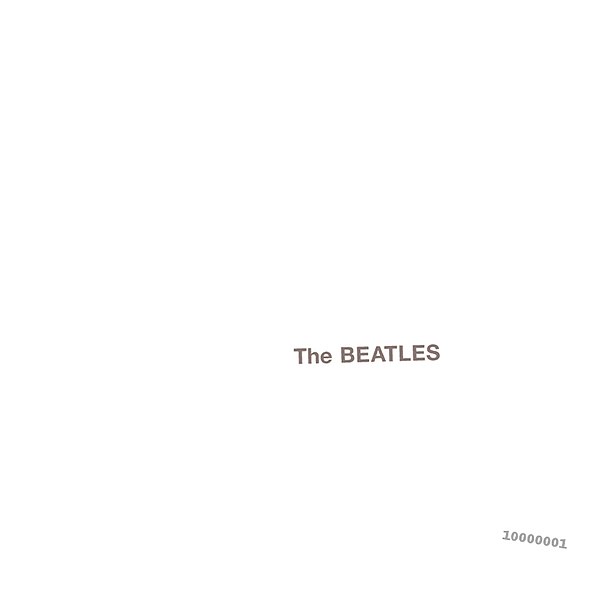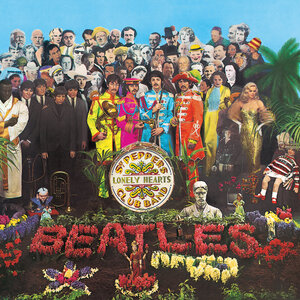Everyone knows it. It's only
Rolling Stone magazine's listed number one greatest album of all time. It was 46 years, 9 months and 26 days ago today! Sgt. Pepper told the band to play! They've been going in and out of style, and they're guaranteed to raise a smile. 46 years, 9 months and 26 days is the exact duration from when the legendary album was released (June 1st 1967) and today (March 27th 2014). And they certainly have
not gone out of style!
The concept came about from an idea Paul had of recording an album as a fictitious band (with the leader supposed to be Sgt. Pepper). The only 'band member' who is actually named is Billy Shears, the pseudonym of Ringo Starr. The opening track shares a title with the album, and it introduces the band before segueing into "With a Little Help From My Friends" and introducing Billy Shears. Paul and John wrote the song specifically for Ringo to sing. However this alter ego concept ended with the opening two songs and the titular reprise second-last on the album. The idea was quickly abandoned and, whilst the remaining songs on the record are extraordinary, they bear no connection to the idea.
The sitar makes an appearance once again with George's sole piece on the album, "Within You Without You". Fun fact: the album was influenced by the Beach Boys' 1966 album
Pet Sounds, which itself was influenced by
Rubber Soul. This influence can be seen on "Good Morning Good Morning" with the animal sounds. A popular song from the album, "Lucy In the Sky With Diamonds", was written by John about a drawing his son Julian had showed him, contrary to popular belief. The entire lyrics of "Being For the Benefit of Mr Kite!" were derived from an 1843 circus poster that John had purchased from an antiques shop. The track also features a middle of various recording tapes chopped and mixed up to give the whimsical tunes heard. A similar technique was used on
Revolver's "Tomorrow Never Knows". Other tracks on the album include "Fixing a Hole", "She's Leaving Home", "Lovely Rita", "Getting Better" and "When I'm Sixty-Four".
Perhaps (or very likely) the most loved and well-known performance, not just from this album but of all Beatles songs, is "A Day in the Life". It has been named the number one Beatles song and number 28 in
Rolling Stone's list of greatest songs. The last track on the album, it incorporates a forty-piece orchestra, heard in the middle of the song and on the famous final chord, which rings out for over forty seconds. There are two distinct parts of the song - John's (verses) and Paul's (middle). At the end of the song, amongst random studio chatter, is a very high-pitched dog whistle.
The album cover collage contains around sixty people including Ghandi, Marilyn Monroe, Shirley Temple, Edgar Allen Poe, Sigmund Freud, Lewis Carroll and original bassist Stuart Sutcliffe. Lennon wanted to include Jesus and Adolf Hitler but were ultimately left out of the final product. To the left of the Beatles themselves, you can see wax models of them. There are supposedly various 'clues' on the album sleeve which contribute to the '
Paul is Dead' theory.
Unique to this Beatles album: many many many things.





